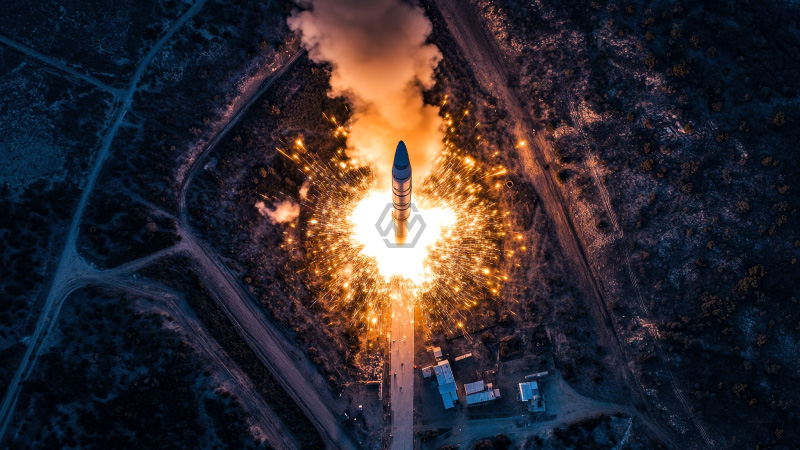- A pressurized nitrogen tank (COPV) failure is SpaceX’s leading theory behind the Starship explosion in Texas.
- The incident occurred June 18 during cryogenic propellant loading ahead of a planned static fire test.
- No injuries were reported, but the rocket and test stand suffered significant damage.
SpaceX confirmed that its Starship rocket experienced a catastrophic explosion during pre-launch testing at its Texas Starbase site. The event happened late Wednesday night while the team was preparing for the rocket’s 10th flight test.
Unlike previous issues with Starship, SpaceX emphasized that the COPVs used in this vehicle are not shared with those on Falcon rockets, ruling out systemic design flaws across programs.
Starship Explosion Highlights Engineering Challenge Ahead of Mars Goals
The explosion is a significant setback for SpaceX’s Starship program, which plays a key role in future deep space exploration, including NASA’s Artemis lunar missions and Elon Musk’s long-term Mars colonization plans. The company had hoped to launch another Starship test by the end of June.
Standing 120 meters tall with its Super Heavy booster, Starship is designed to carry massive payloads and crews beyond low Earth orbit. However, the vehicle has suffered multiple failures this year, with this being the fourth in 2025, raising concerns about the pace of development.
Live footage of the test captured a sudden burst of flames engulfing the vehicle, cutting short what was expected to be a routine engine test. The explosive moment was widely circulated, drawing attention from space enthusiasts and industry analysts alike.
SpaceX is now conducting a full investigation, aiming to understand the root cause and implement design safeguards. The company reiterated its commitment to rapid iteration and learning through testing, a hallmark of its development philosophy.
As SpaceX pushes the boundaries of reusable rocketry, this latest failure underscores the steep engineering hurdles on the road to Mars—and the value of every setback in shaping future success.
“Failure is an option here. If things are not failing, you are not innovating enough.” – Elon Musk



